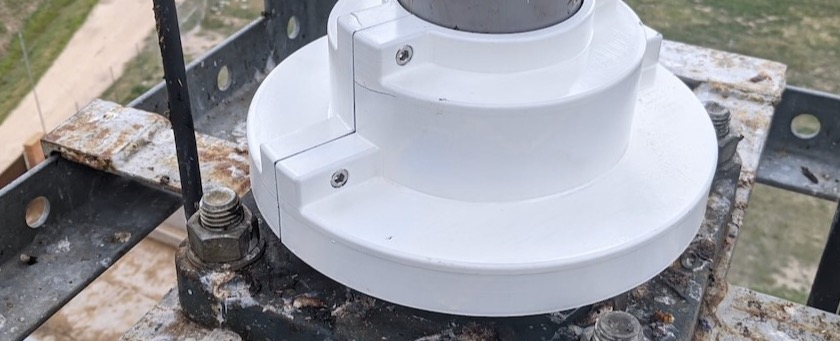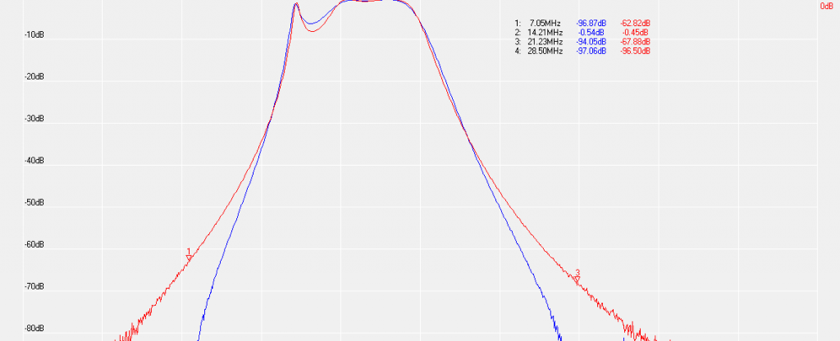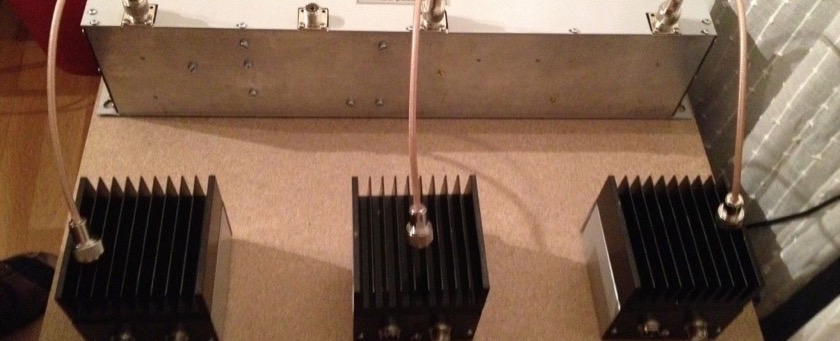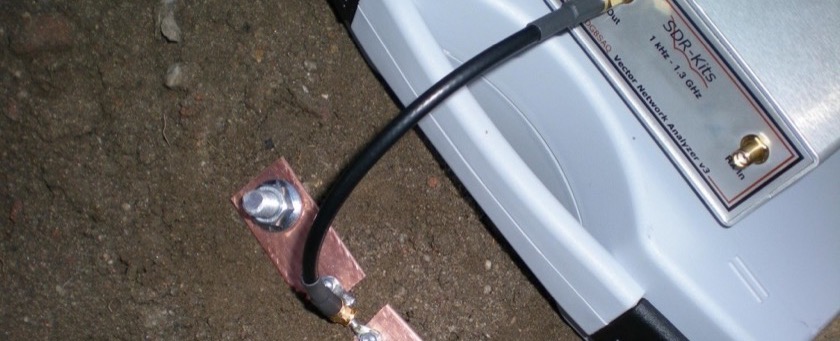At ED1R we use industrial ball bearings on our towers to turn the antennas. The ball bearings are reliable IF you protect them properly. We learned this lesson the hard way. After almost three years in service, I feel confident sharing our solution for adequately protecting the SKF bearings on antenna towers.






